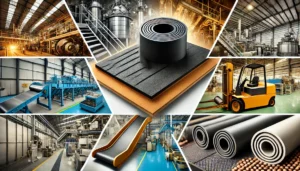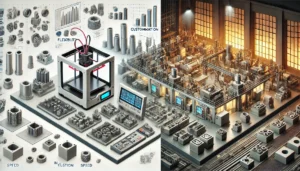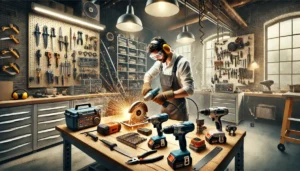Industrial processes are increasing in number and complexity with time. With these persistent increases in existing applications, and the introduction of new applications as well, arises also the need for a headline piping material that will be able to deliver on their given specification time and cost effectively. Lined and clad pipes are two powerful solutions that overcome material limitations or weaknesses by placing additional diverse materials in specific bore positions to correlate the properties of the given materials together. However, closely comprehending the distinctions between the data driven two solutions will determine their respective industrial applications.
What They Are – Lined Pipes
Lifted epoxy composite is bonded into the inner bore of a carbon steel or alloy steel outer pipe to create the part. The adhesive used between the wire and the bore is specially designed to ensure that adhesion occurs in the correct location in order to provide a top quality lining bore material. The following are common lining materials used:
Polytetrafluoroethylene (PTFE): This type of lining is widely used due to its very high chemical resistance and nonstick capabilities.
Rubber: has both high flex and abrasion resistant characteristics.
Glass: A hard and smooth working surface that has both a high resistance to scaling and corrosion.
Fiber-Reinforced Plastic (F.R.P.): This type of lining has very high strength but also offers high resistance to corrosion and other damaging agents.
Benefits of Using Lined Pipes
Chemical Resistance: The steel pipe will be in direct contact with corroding chemicals via the internal lining, which increases the life of the steel pipe.
Cost-Effective: Lined pipes do have the advantage of being cheaper in most regions most ruled by the northern hemisphere than solid corrosion resistant alloy pipes and can therefore be used Q monocritcal services.
Ease of Fabrication: The processes encompassing manufacturing and fixing is simple and straight forward as it usually involves only bolted fixings.
Disadvantages of Lined Pipes
Temperature and Pressure: Linings performed in nonmetallic piping systems will eventually fail to meet or exceed certain temperature and pressure parameters.
Mechanical Bonding: Under specific circumstances, the mechanical bond between the lining as well as pipe is expected to break off.
Length Restrictions: As a rule, lined pipes are manufactured in shorter lengths, which results in more joints which also may result in more leakage points.
Investigation About: The Metallurgical Bond For Clad Pipes
The clad pipes include a thicker corrosion resistant alloy coated by low-alloy steel or carbon steel base pipe. This bond is established by processes such as:
Weld Overlay: Introducing a corrosion resistant alloy layer through various welding techniques.
Explosion Bonding: Using utilized controlled explosive energy applied to the corrosion resistant alloy to facilitate bonding to base material.
Hot Rolling: Bonding CRA together with the base material through rolling process over extreme temperature.
Advantages of Clad Pipes
Suitable for High Temperature and Pressure: Extreme environments can be withstood because of the toughness of the metallurgical bond.
The second increasing factor was overhead AND Operating cost, definitely…
Vermiculite OR fabric cores are more effective against corrosive media due to the CRA layer.
Design of the clad pipe ensures that maximum strength of the carbon steel together with maximum resistance of the alloys to corrosion are achieved.
Challenges with Clad Pipes
Difficulties Involved In Manufacturing – It involves quite special equipment and skills that deal with welding of the clad banks for dissimilar metals.
Space, Time, Absolute Cost- Joining of clad pipes is complex therefore clad pipes are more expensive relative to lined pipes.
Choosing the Most Suitable Solution for Your Industry
When to choose between lined and clad pipe is determined by individual working conditions:
For Corrosive but Low Temperature: Lined pipes may provide a relatively cheap alternative with sufficient protection.
Clad pipes are the ones needed: For High Temperature, High Pressure, and Highly Corrosive Environment.
Conclusion
Use of the right piping solution helps to enhance productivity and durability of equipment. At Induskart, we provide both lined and clad pipes with some of the most extensive options os that all industries can find a suitable solution. Our knowledge in the field assures that you will be provided with appropriate and economical solutions for specific fittings so as to cope with the challenges of the contemporary industrial environment.










